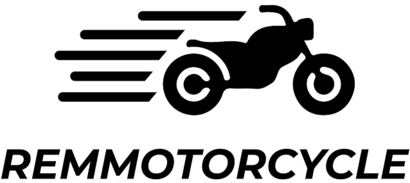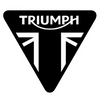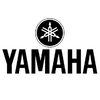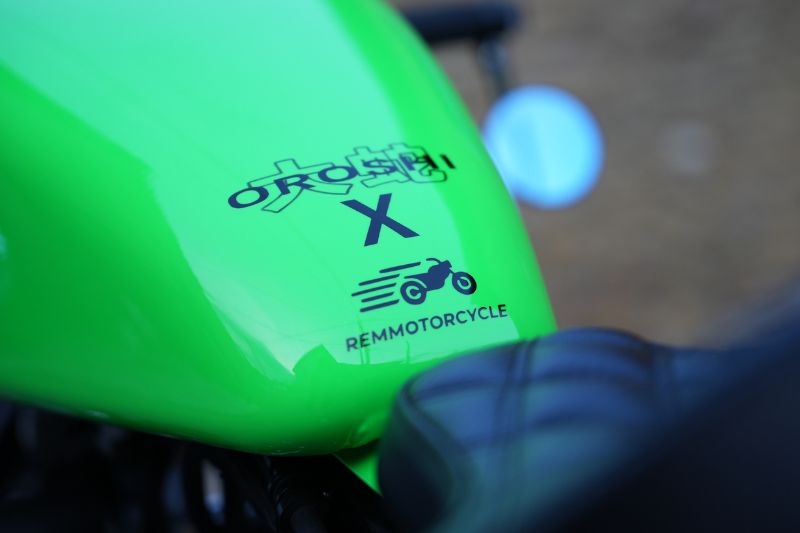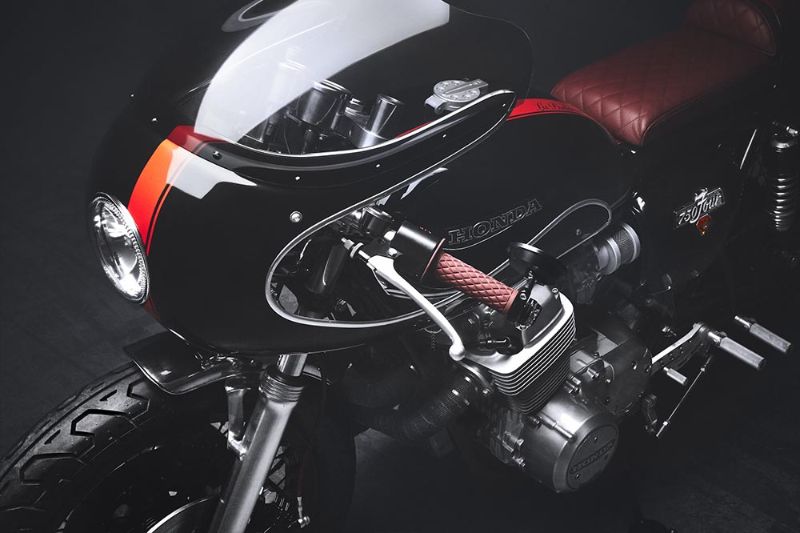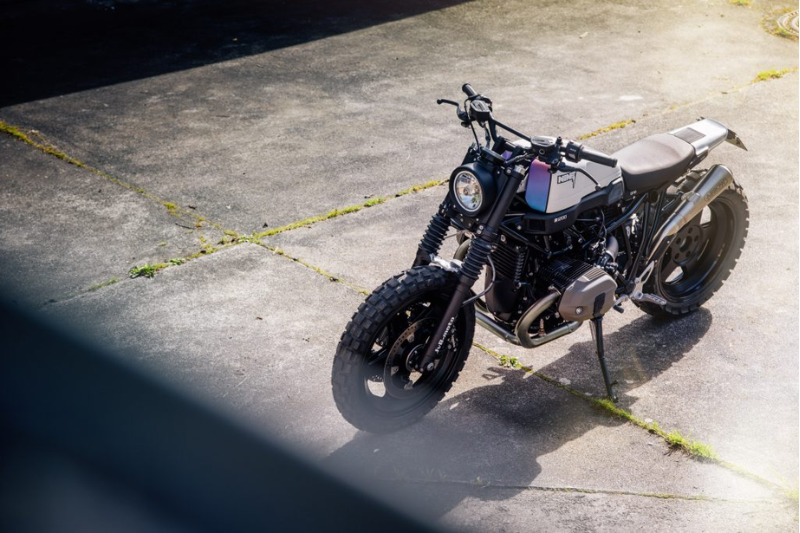🚨 BLACK FRIDAY: 15% OFF SITE-WIDE! Auto-Discount. ⏱️ Nov 28th - Dec 1st.
🚨 BLACK FRIDAY: 15% OFF SITE-WIDE! Auto-Discount. ⏱️ Nov 28th - Dec 1st.
SEARCH BY CATEGORIES
SEARCH BY INSPIRATIONS
- Air filters
- Brake & Clutch levers
- Electric box
- Exhaust
- Fenders
- Footpegs
- Front protections
- Front suspension
- Front suspension protections
- Fuel tanks
- Handle grips
- Handlebar
- Handlebar switch controls
- Headlights
- License plate holder
- Mirrors
- Mudguards
- Rear frame
- Suspensions
- Seats
- Silencers
- Speedometers
- Taillights
- Thermal strips
- Turn signals
- Air filters
- Belows front suspensions
- Brake & clutch levers
- Electric box
- Engine protection
- Exhaust
- Fenders
- Foot pegs
- Front suspensions
- Fuel tanks
- Handle grips
- Handlebar switch controls
- Handlebars
- Headlights
- License plate holder
- Mirrors
- Mudguards
- Rear frame
- Rear light
- Rear suspensions
- Seats
- Silencers
- Speedometers
- Thermal strips
- Turn signals
- Air filters
- Belows front suspensions
- Brake & Clutch levers
- Electric box
- Exhausts
- Fenders
- Foot pegs
- Front suspensions
- Fuel tanks
- Handle grips
- Handlebar switch controls
- Handlebars
- Headlights
- License plate holders
- Mirrors
- Mudguards
- Rear light
- Rear suspensions
- Seats
- Silencers
- Speedometers
- Thermal strips
- Turn signals
- Air filters
- Belows front suspension
- Brake & Clutch levers
- Electric box
- Exhaust
- Fenders
- Foot pegs
- Front protection
- Front suspensions
- Fuel tanks
- Handle grips
- Handlebar switch controls
- Handlebars
- Headlights
- License plate holders
- Mirrors
- Mudguards
- Rear frame
- Rear light
- Rear suspensions
- Seats
- Silencers
- Speedometers
- Thermal strips
- Turn signals
- Air filters
- Belows front suspensions
- Brake & Clutch levers
- Electric box
- Engine protection
- Exhausts
- Fenders
- Foot pegs
- Front suspensions
- Fuel tanks
- Handle grips
- Handlebar switch controls
- Handlebars
- Headlights
- License plate holders
- Mirrors
- Mudguards
- Rear frame
- Rear light
- Rear suspensions
- Seats
- Silencers
- Speedometers
- Thermal strips
- Turn signals

- Air filters
- Brake & Clutch levers
- Electric box
- Exhaust
- Fenders
- Footpegs
- Front protections
- Front suspension
- Front suspension protections
- Fuel tanks
- Handle grips
- Handlebar
- Handlebar switch controls
- Headlights
- License plate holder
- Mirrors
- Mudguards
- Rear frame
- Suspensions
- Seats
- Silencers
- Speedometers
- Taillights
- Thermal strips
- Turn signals

- Air filters
- Belows front suspensions
- Brake & clutch levers
- Electric box
- Engine protection
- Exhaust
- Fenders
- Foot pegs
- Front suspensions
- Fuel tanks
- Handle grips
- Handlebar switch controls
- Handlebars
- Headlights
- License plate holder
- Mirrors
- Mudguards
- Rear frame
- Rear light
- Rear suspensions
- Seats
- Silencers
- Speedometers
- Thermal strips
- Turn signals
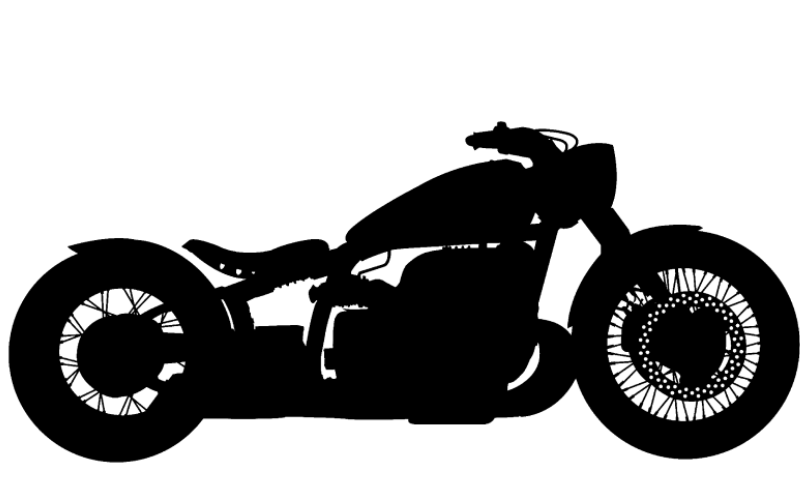
- Air filters
- Belows front suspensions
- Brake & Clutch levers
- Electric box
- Exhausts
- Fenders
- Foot pegs
- Front suspensions
- Fuel tanks
- Handle grips
- Handlebar switch controls
- Handlebars
- Headlights
- License plate holders
- Mirrors
- Mudguards
- Rear light
- Rear suspensions
- Seats
- Silencers
- Speedometers
- Thermal strips
- Turn signals
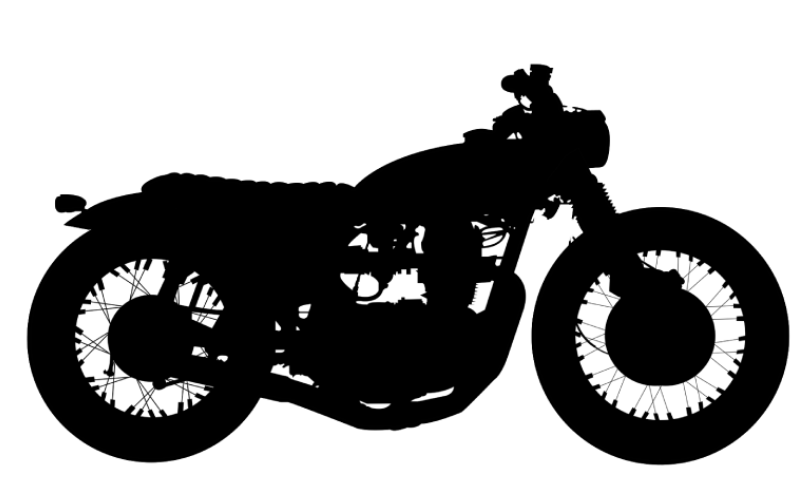
- Air filters
- Belows front suspension
- Brake & Clutch levers
- Electric box
- Exhaust
- Fenders
- Foot pegs
- Front protection
- Front suspensions
- Fuel tanks
- Handle grips
- Handlebar switch controls
- Handlebars
- Headlights
- License plate holders
- Mirrors
- Mudguards
- Rear frame
- Rear light
- Rear suspensions
- Seats
- Silencers
- Speedometers
- Thermal strips
- Turn signals
- Air filters
- Belows front suspensions
- Brake & Clutch levers
- Electric box
- Engine protection
- Exhausts
- Fenders
- Foot pegs
- Front suspensions
- Fuel tanks
- Handle grips
- Handlebar switch controls
- Handlebars
- Headlights
- License plate holders
- Mirrors
- Mudguards
- Rear frame
- Rear light
- Rear suspensions
- Seats
- Silencers
- Speedometers
- Thermal strips
- Turn signals
PLUS DE MOTO
Add description, images, menus and links to your mega menu
A column with no settings can be used as a spacer
Link to your collections, sales and even external links
Add up to five columns
Add description, images, menus and links to your mega menu
A column with no settings can be used as a spacer
Link to your collections, sales and even external links
Add up to five columns
Add description, images, menus and links to your mega menu
A column with no settings can be used as a spacer
Link to your collections, sales and even external links
Add up to five columns
Add description, images, menus and links to your mega menu
A column with no settings can be used as a spacer
Link to your collections, sales and even external links
Add up to five columns
What is a scrambler motorcycle ?
December 06, 2023
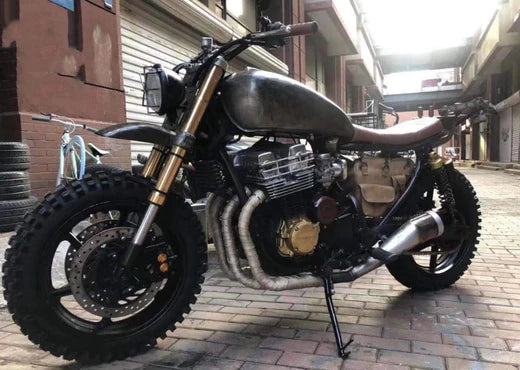
INTRODUCE
If you're a fan of custom motorcycles, you may be wondering if a scrambler bike is right for you. With their vintage and rugged look, scrambler bikes have become very popular for both on- and off-road use due to their lightweight design and rugged construction.
So, what defines a scrambler motorcycle compared to the traditional models on the market? What are the origins of this bike? What are the main manufacturers to consider if you want to buy a scrambler motorcycle?
We'll answer that in this article.
SCRAMBLER DEFINITION
Today, the term "scrambler" refers to a distinct look, with a stripped-down vintage style that combines the functionality of older models with the versatility of modern manufacturing.

The scrambler is a type of motorcycle that is not easy to put in a box. So it's not easy to give a clear explanation to a novice either. But one thing is for sure: it's a bike designed for mixed on- and off-road use.
As such, these models are an excellent choice in terms of value for money and flexibility.
Scramblers are often based on more classic bikes, stripped of all unnecessary components and then fitted with various equipment and upgrades to make them more capable off-road. They are relatively simple in design, with long suspensions and high ground clearance.
As said earlier, scramblers have a distinct appearance that is largely due to their nature and intended use.
Scramblers are incredibly versatile because you can use them both on and off road. To clarify, the term "off-road" refers to any road that is unpaved or unconventional.
STORY
The term "scrambler" has been commonly used in the United States since the 1950s and 1960s to describe a road bike with off-road potential and or ambition.
However, the word actually has much older roots in the 1920s, when British riders raced on a variety of terrains. Trail racing was originally quite rigid in its scope and offered little excitement to participants.
This led a group of disgruntled racers, who had grown tired of the old regime, to break away and focus on a more adventurous version of the sport, which came to be known as "scrambling."
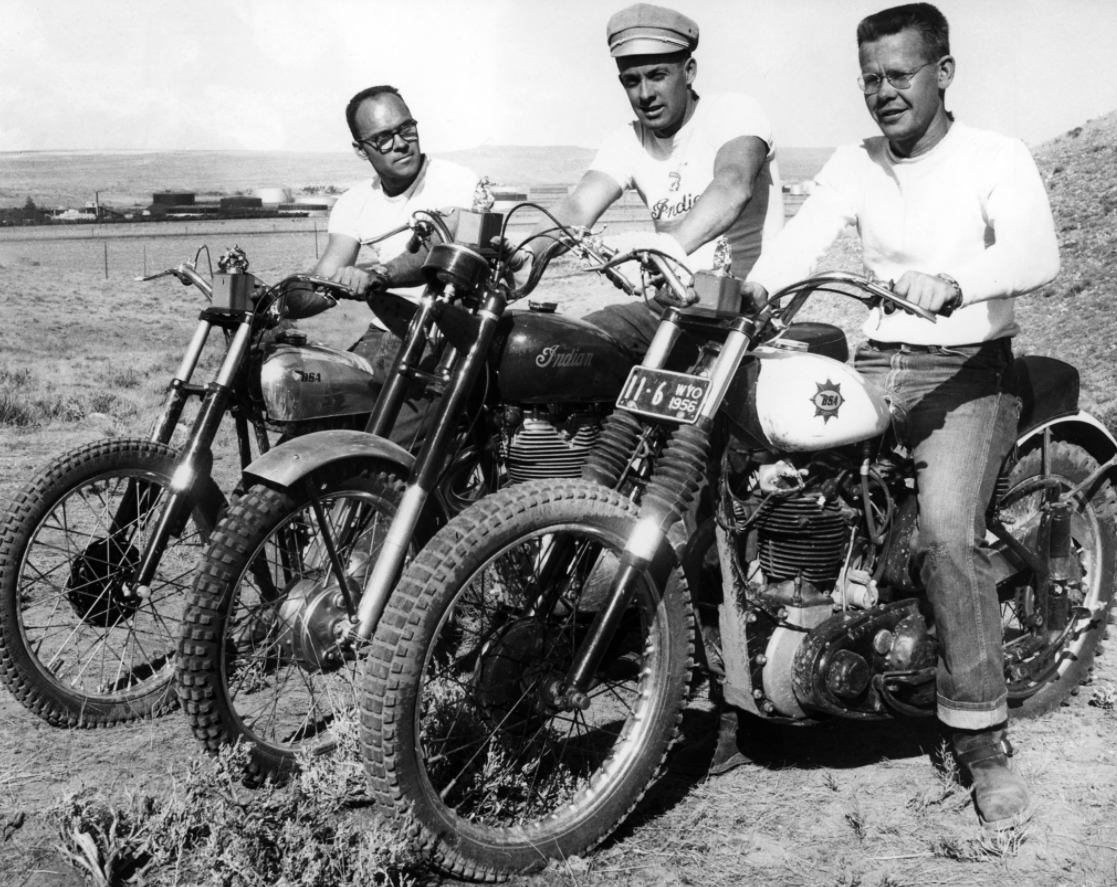
The dirt tracks on which they race are much more challenging than their predecessors and offer bikers more opportunities for highly competitive and exciting racing.
According to an urban myth, a British commentator of the time described one of these races as "one hell of a scramble" and the phrase has stuck.
As scrambling grew in popularity, additional rules were put in place, and riders were given the opportunity to compete in official championships to test their motorcycle prowess.
As motorcycle manufacturers began to design road bikes for off-road riding, the conversion of road bikes to scramblers began to disappear.

Some of the iconic bikes that were used in the sport at its peak in the 1950s and 1960s have names that no longer exist, such as Ariel, BSA, Cotton, DOT, Greeves, Matchless, Tribsa and Velocette.
As for the bikes themselves, scrambler design was once very similar to that of a café racer, where bikers at the dawn of the 20th century would modify and customize standard bikes to improve performance. Scramblers had to move effortlessly from the road to all degrees of terrain and back to the road.

While the first wave of scramblers died out in the 1970s, the segment experienced a strong resurgence in the mid-2000s.
Shortly after relaunching its Bonneville lineup, Triumph followed this revival with the release of a scrambler version of the Bonnie, equipped with larger tires, a longer-travel fork, spoked wheels, and an overall design that included several nods to previous Triumph scramblers, including the famed Steve McQueen-customized TR6 (pictured above).
The overwhelming success of the new Bonneville prompted other major manufacturers to follow suit.

Over the next decade, more and more motorcycle manufacturers began to introduce their own respective scrambler models, sometimes as scrambler versions of existing offerings and sometimes as specially designed products. Brands like Yamaha and BMW introduced scrambler motorcycles into their lineups, companies like Moto Guzzi and CCM unveiled scrambler versions of models already in their lineups, and Ducati introduced an entire line of products under the name "Ducati Scrambler," which in less than a year already accounted for more than a quarter of all Ducati sales.

Today, the offer of scramblers proposed by manufacturers is wide, ranging from 50cc to 1200cc. There is something for everyone. Chinese manufacturers are also surfing on the trend. They are very present on the small displacements.
The customization of the motorcycle is also responsible for the rise of scramblers. The development of tuners, available parts and social networks allow anyone to find inspiration, advice, tutorials and parts to build his scrambler.
LIST OF SCRAMBLER FEATURES
With off-road and multi-purpose use in mind, several features are present on the scramblers.
- Higher exhaust pipes for ground clearance and obstacle clearance

This is the Royal Enfield Interceptor MCH Scrambler with a high ZARD exhaust system to save 12 kgs.
- Improved, raised suspension to handle off-road conditions.

Here is a comparative picture between a Triumph Scrambler and Bonneville. We notice that the length of the fork and the shocks is more important on the scrambler version.
- A specific seat

Here is a nice brown saddle made for the Shanghai Custom street scrambler.
- Lights, tank and other accessories optimized to save weight and give a stripped down look.

The Royal Enfield prepared by Revival Cycles features a shortened aluminum rear fender topped with a small tail light, a small headlight and an aluminum front fender.
- Off-road or mixed tires for better grip off-road.

Here is a Ducati Scrambler prepared by a Chinese preparer with Shinko E 804 studded tires.
- Spoke wheels for strength and versatility.

Here is a comparative picture between a Moto Guzzi V7 III and the V7 is ROUGH version. The ROUGH is a typical Scrambler and has spoked rims.
- Air-cooled engines instead of water-cooled engines for a clean look and weight savings.

The Autofabrica preparation (Type 4 model) is an example of a stripped-down look.
In fact, most scramblers could be described as having a "stripped down" look that isn't just for aesthetic reasons - they're actually stripped down, compared to street-only models, giving them a retro look and feel that is proving extremely appealing to motorcycle buyers at the moment.
Scramblers are designed to give their riders the best of both worlds, on and off road. However, it would be true to say that the appeal of a scrambler model goes beyond its ability to adapt to different types of terrain, while still being fully functional and effective on conventional roads.
Conclusion :
We've seen that a scrambler is an upgraded version of a standard motorcycle for riding off-road. We know that the scrambler comes from racing and is now a very common bike on our streets.
So we have defined the characteristics of a scrambler. Now it's time to look at the basics of building a scrambler to build your own.
Leave a comment
Comments will be approved before showing up.
Also in Blog Remmotorcycle

EXCEPTIONAL BLACK FRIDAY! 15% OFF SITE-WIDE
The long-awaited event is here! For an ultra-limited time, enjoy 15% off ALL products in our catalog, with no exclusions.
🗓️ Dates: From November 28th to December 1st only.
⚙️ Simple: The discount is applied AUTOMATICALLY in your cart.
Don't miss this opportunity to customize your bike at a reduced price.
Stock is limited, and so is time!

